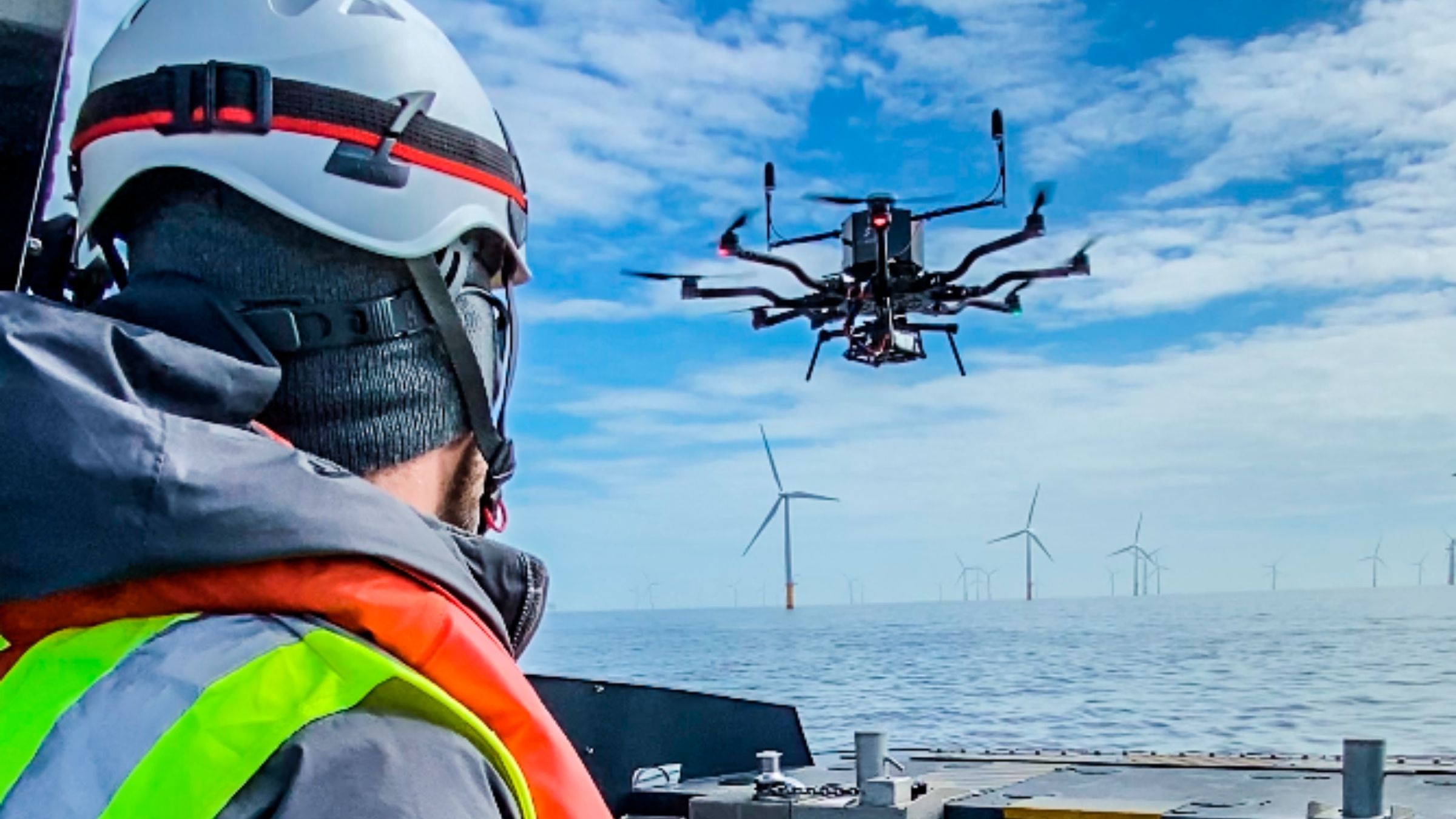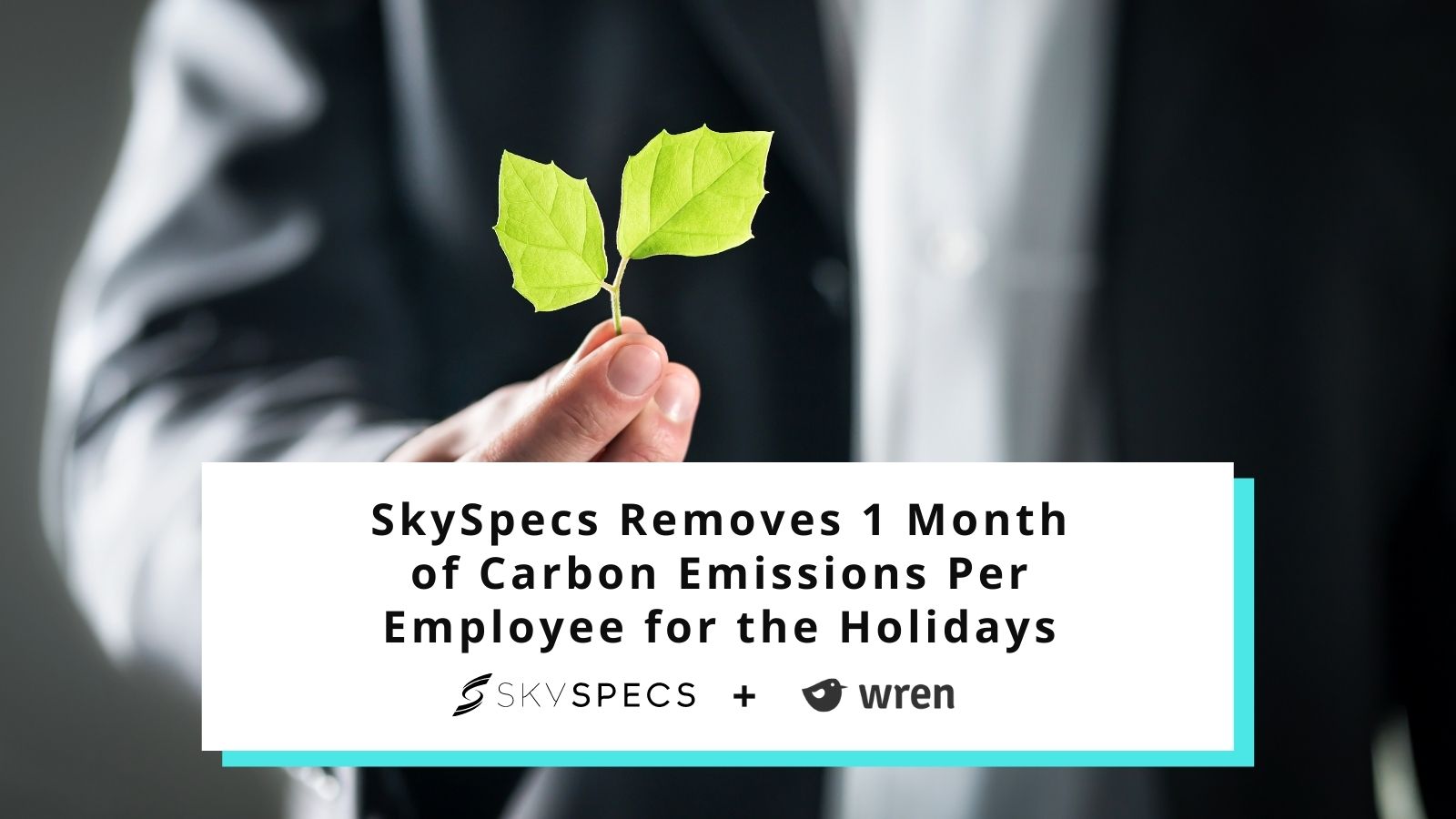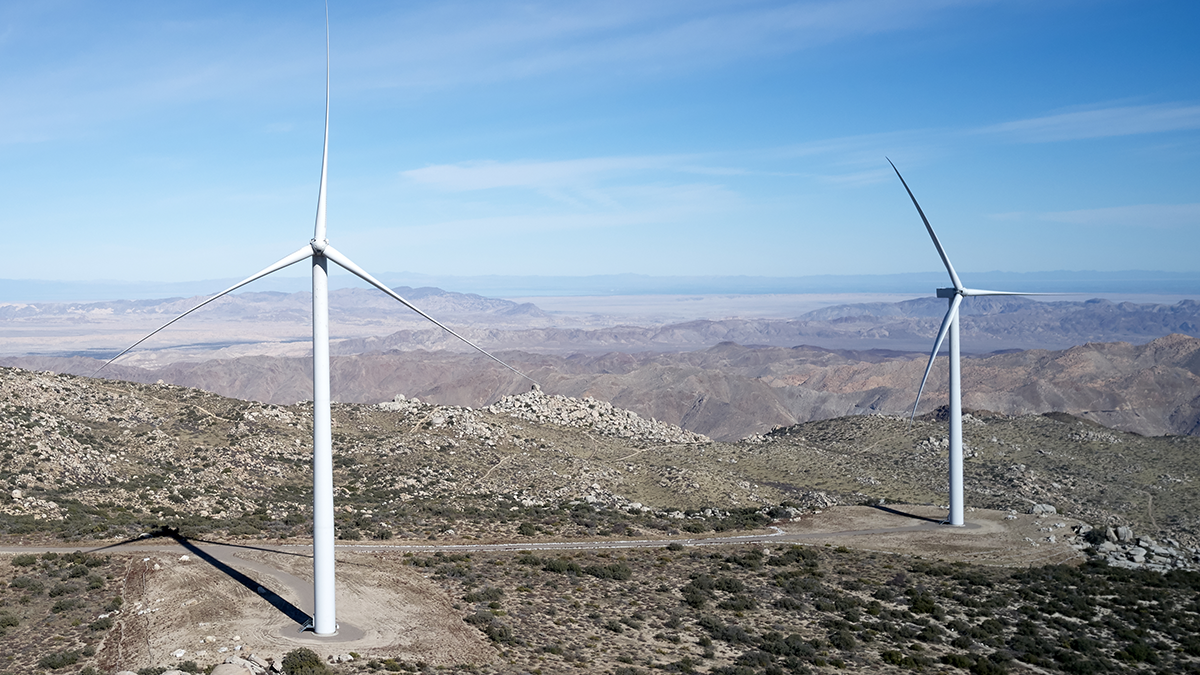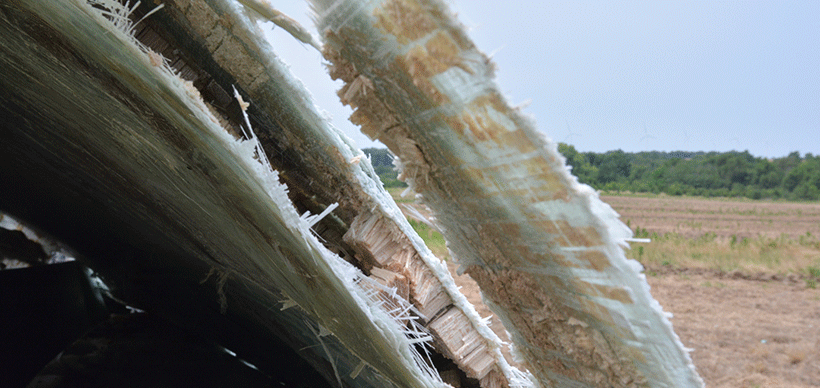Across the globe, businesses and country-wide policies are committing to a net-zero future. As we all ramp up our use of renewable energy and transition away from fossil fuels, efficiency is critical. Here’s what we know – The Global Wind Energy Market size is projected to reach $127.2 billion by the year 2027, wind power has the potential to cover more than a third (35%) of the global energy demand, and is quickly becoming the world’s foremost generation source.
With the statistics on our side, there’s a big role that the wind industry can play in our fight against climate change. We’ve already started to see this shift as wind turbines are getting upgraded with higher efficiency generators, more reliable, fully recyclable blades to minimize energy manufacturing costs, and a surge in offshore wind farm developments. Keeping costs low and materials accessible will help drive more renewable energy projects going forward, pushing us closer to a net-zero future.
With such tremendous growth, the wind energy sector is integrating robotics and artificial intelligence (AI) technology in order to gain deeper insight into the full lifecycle of turbines, from surveying and infrastructure planning, to design, logistics, operational support and beyond.
But it’s important to communicate how this technology directly impacts day-to-day operations and the bottom line.
How robotics and AI are transforming Wind O&M
Before harnessing AI, most wind turbines required individual assessments to make repairs and general maintenance. Often these inspections would take hours of downtime, costing a fortune for wind farm owners. However, as robotics and AI have become more popular in the renewables sector, owners and operators are now able to have a more granular view of their assets. Coupled with cloud-based tools, faults, defects and other concerns can be detected and monitored before they cripple your fleet.
“Having AI tools in the analysis process of inspection data helps add objectivity and reduces human error. The impact can be anywhere from a $20K repair and a $50K repair. Moreover, in spaces like Condition Monitoring Systems where you have these complex signals of data, AI plays a vital role in prediction and early detection of failures.” – Shweta Khushu, Engineering Manager at SkySpecs
Robotics and AI were designed to solve not just the problems of today, but also the challenges of tomorrow. In terms of the wind industry, that includes understanding asset health, predicting failures, prioritizing repairs, and extending useful asset life.
As there are hundreds of miles of onshore and offshore wind turbines currently in use or in development, our reliance on robots and AI will continue to grow. Someone or more likely something is going to be needed to navigate the ever-growing wind landscape, keeping the operations and maintenance of these machines as affordable, safe, and efficient as possible.
The challenges of applying new tech across the sector
While the benefits of integrating robotics and AI into the renewable energy sector are clear, they don’t come without their challenges.
One of the top challenges is an industry-wide problem: poor data and lack of access. Unfortunately, 80% of the market share for Condition Monitoring System (CMS) hardware providers is held by those who restrict access to said data. Data related to turbine performance, including SCADA data and alarm codes, CMS data, oil and grease data, and inspection and RCA reports, and gearbox kinematics, give limited access to owners and operators. That’s why it’s more important than ever to make data more transparent and accessible.
“Previously because of higher costs and lack of data management, it was hard to propose and set a good inspection schedule, so the mentality was to just let things run to the ground. But robotic inspections have simplified the inspection process, gathering and monitoring of data, making it cheaper by orders of magnitude.” – Shweta Khushu, Engineering Manager at SkySpecs
Even if the data is accessible, often in larger organizations there are data silos scattered throughout the chain of command. In other words, no real source of truth. So the information may exist, but it cannot be utilized because it’s not in a place where it can be easily queried. If only there was a Command+F for wind turbine data. With the data under lock and key stuck in the past, countless hours are wasted trying to sift through the haystack. Having access to a centralized, searchable database would enable the industry to focus on the actual problem and reduce the time and energy spent in day-to-day data operations.
Another hurdle that this sector needs to overcome is general mistrust for our reliance on technology. The argument is that relying on AI could leave our energy networks vulnerable to cyber attacks. While this is a deep concern, you can rest assured that systems are in place to protect against a variety of cyber threats. For example, operational technology systems are isolated from other systems, making them much more difficult to infiltrate.
A failure to embrace advances in technology means risking falling behind the curve and not reaching net-zero targets by 2050. What we do, collectively, in the next decade to limit toxic emissions will be critical in preserving the future of our planet. This should be top of mind for everyone, no matter the country, sector, or industry. All in all, robotics and AI are a game-changer for the renewable energy industry and are making a big impact on wind O&M. To get a deeper dive into the power of leveraging robotics, AI, and machine learning in wind power operations, explore our solutions.



